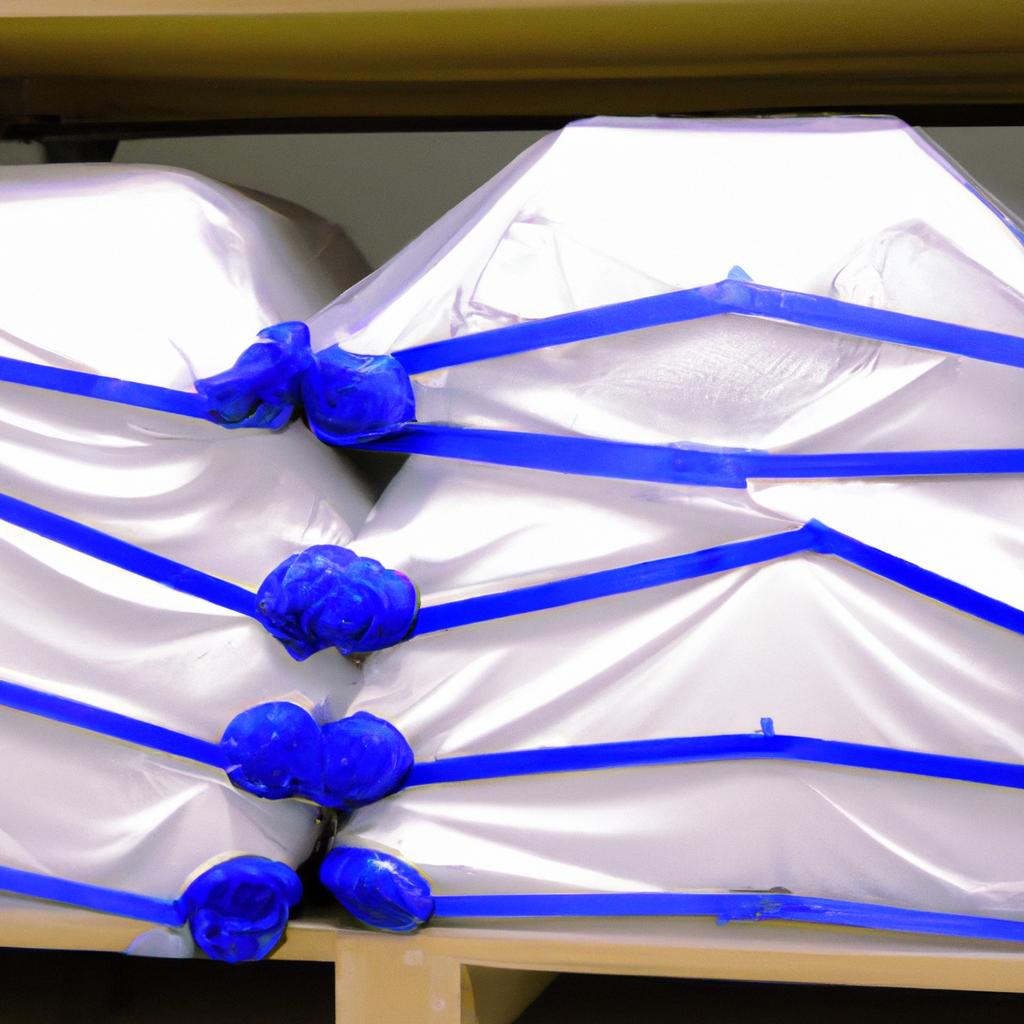As a beekeeper, one of your primary concerns is keeping your hives healthy and productive. Unfortunately, pests like wax moths can wreak havoc on your stored supers, damaging combs, and ruining honey supplies. In this article, we’ll discuss effective ways to keep wax moths out of your stored supers, so you can protect your hive’s health and productivity.
Identifying the Problem

To effectively combat wax moths, you first need to identify the problem. Wax moths are small, grayish-brown insects that lay their eggs on beeswax or in cracks and crevices around the hive. Once the eggs hatch, the larvae begin to feed on beeswax, honeycomb, and any other organic materials they can find.
A wax moth infestation can cause significant damage to your stored supers, leaving behind web-like tunnels and fecal matter. In severe cases, the larvae can even chew through the honeycomb, leaving your bee colony without a food source. Signs of wax moth damage include webbing, cocoons, and chewed wax and honeycomb.
Identifying the problem early is crucial to combating the infestation before it gets out of control. Check your stored supers regularly for signs of wax moths, and take action at the first sign of an infestation.
Prevention Methods

Preventing wax moth infestations is the best way to protect your stored supers. The following methods can help keep wax moths at bay:
Proper Storage Techniques for Supers
Storing your supers properly is one of the most effective ways to prevent wax moths. Store your supers in a cool, dry place, away from sunlight and moisture. Avoid stacking supers directly on top of each other, as this can create an environment conducive to wax moth breeding. Instead, use spacers or frames to keep the supers separated.
Use of Protective Covers and Screens
Protective covers and screens can also help keep wax moths out of your stored supers. A tight-fitting lid or cover can prevent adult moths from laying their eggs on the supers, while a screened bottom board can prevent larvae from entering the hive.
Stay tuned for the next two sections.
Prevention Methods (cont’d)
Regular Inspection and Cleaning of Supers
Regular inspection and cleaning of your stored supers can also help prevent wax moth infestations. Check your supers regularly for signs of wax moths, and clean them thoroughly before storing them. Use a brush or scraper to remove any wax or debris from the combs, and freeze the supers for at least 24 hours before storing them. Freezing kills any wax moth eggs or larvae that may be present.
Use of Natural Deterrents such as Cedar Chips or Essential Oils
Natural deterrents can also be effective in keeping wax moths out of your stored supers. Cedar chips or shavings can be placed in and around the supers to repel adult moths, while essential oils like lavender or tea tree oil can be added to the supers to deter wax moths. Just be sure to use these natural deterrents sparingly, as they can also affect the taste and smell of your honey.
Treatment Options
If you do discover a wax moth infestation in your stored supers, there are several treatment options available:
Chemical Treatments for Severe Infestations
Chemical treatments like mothballs or paradichlorobenzene (PDB) can be effective in treating severe wax moth infestations. However, these treatments can also be harmful to your bees and contaminate your honey. Use chemical treatments only as a last resort and follow the instructions carefully.
Biological Control Methods Using Nematodes or Parasitic Wasps
Biological control methods like nematodes or parasitic wasps can also be effective in treating wax moth infestations. Nematodes are microscopic worms that feed on wax moth larvae, while parasitic wasps lay their eggs inside the wax moth larvae, killing them from the inside out. These methods are safe for your bees and honey, but they may take longer to be effective than chemical treatments.
In conclusion, preventing wax moth infestations in your stored supers is essential for maintaining healthy and productive hives. By using proper storage techniques, protective covers and screens, regular inspection and cleaning, and natural deterrents, you can help keep wax moths at bay. If you do discover an infestation, consider using biological control methods before resorting to chemical treatments. Protect your hives and honey with these effective wax moth prevention and treatment methods.
Maintenance Tips
Regular monitoring and cleaning of your stored supers is essential to prevent wax moth infestations. Check your stored supers regularly for any signs of wax moth damage, such as webbing or cocoons. If you notice any signs of an infestation, take immediate action to address the problem.
Cleaning your stored supers regularly can also help prevent wax moth infestations. Remove any debris or honeycomb scraps left behind by your colony, as these can attract wax moths. You can also use a heat gun or blowtorch to sanitize your supers, killing any wax moth eggs or larvae that may be present.
Conclusion
Wax moths can be a significant problem for beekeepers, causing damage to stored supers and honey supplies. However, by following the prevention methods we’ve discussed in this article and regularly monitoring and cleaning your stored supers, you can keep wax moths at bay and protect your hive’s health and productivity.
Remember to store your supers properly, use protective covers and screens, and address any potential wax moth issues promptly. With these tips in mind, you can enjoy a healthy and thriving bee colony without the threat of wax moth infestations.
As a beekeeper, it’s essential to take all necessary precautions to protect your hive’s health and productivity. For more information on beekeeping and hive management, visit BeeKeepinglove.com – your go-to source for all things beekeeping.
